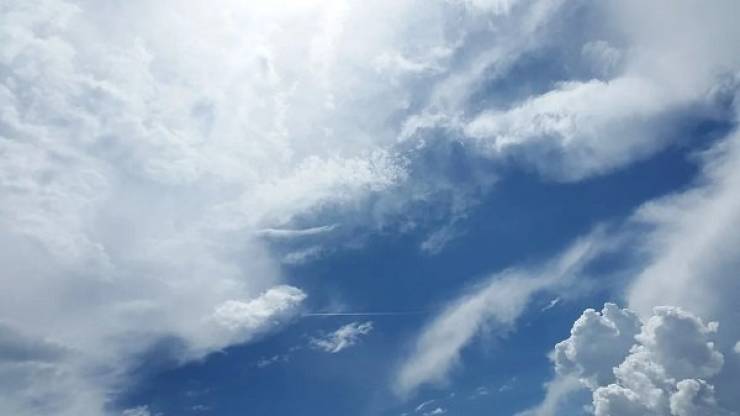
What we recognize as ‘the weather’ is the state of the atmosphere. Furthermore, weather is the daily temperature and precipitation measure in the short-term. ‘Climate’ is the average (long-term) weather condition in a specific area.
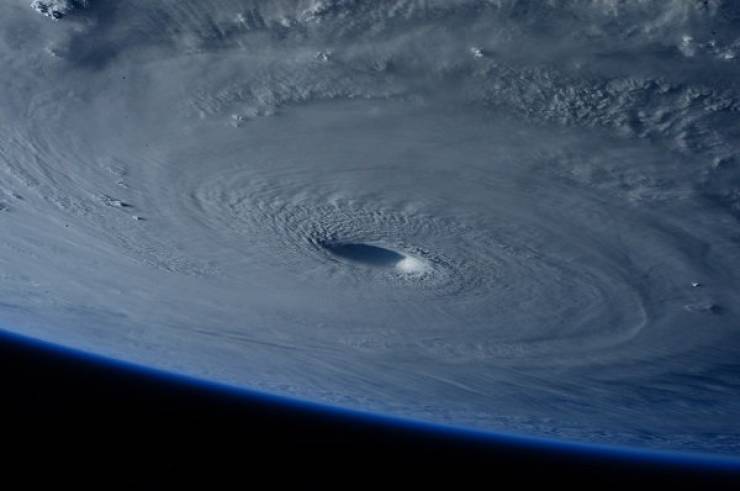
We started assigning official names to hurricanes and tropical storms in 1953.
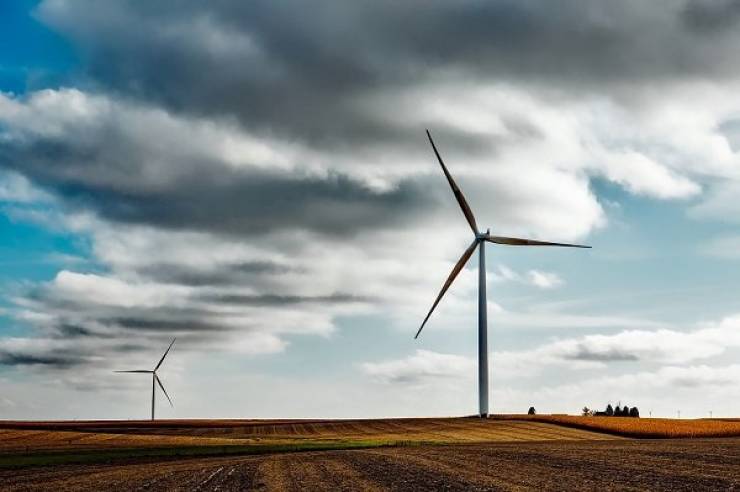
Wind is silent. It doesn’t make a sound until it blows against an object.
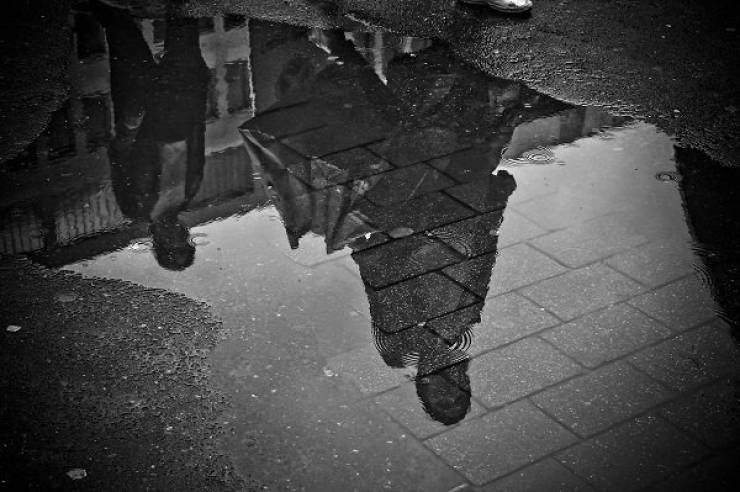
Think it’s rainy where you live? For each minute of the day, 1,000,000,000 tons of rain falls on the Earth.
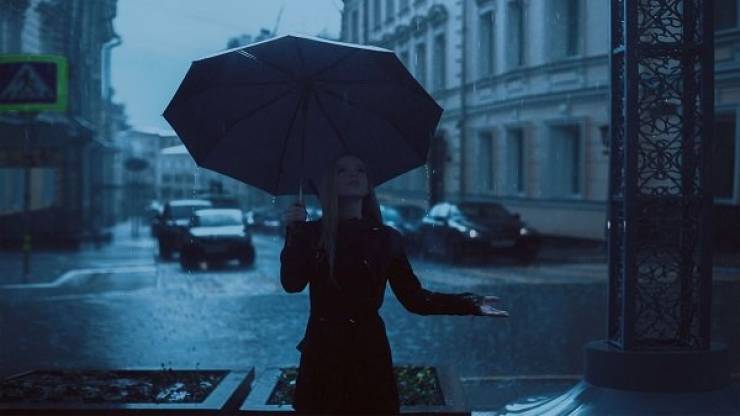
“A little rain never hurt anybody.” It can’t hurt you just by hitting you, anyway. The fastest speed a falling raindrop can hit you is 18 mph.
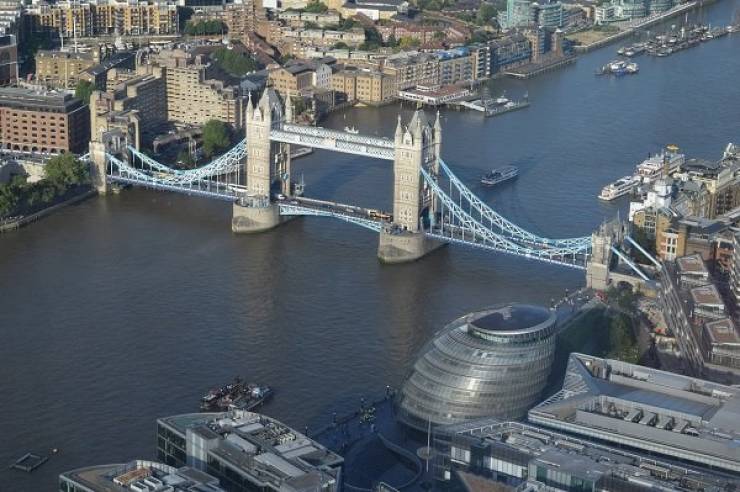
If you were around in 1684, you’d have been able to walk across the River Thames. Why? It was so cold that year that the river froze solid for 2 whole months. The same thing happened to the Mississippi river in 1899, when the entirety of it froze solid.
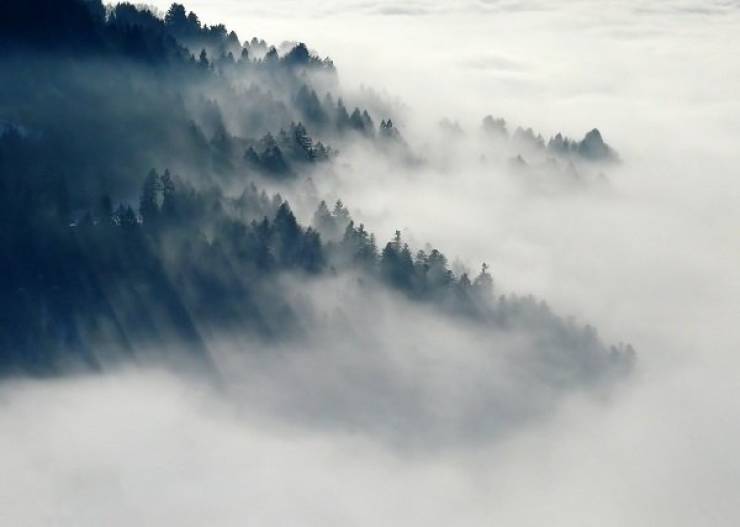
A cubic mile of ordinary fog contains LESS THAN A GALLON OF WATER! That one blew my mind.
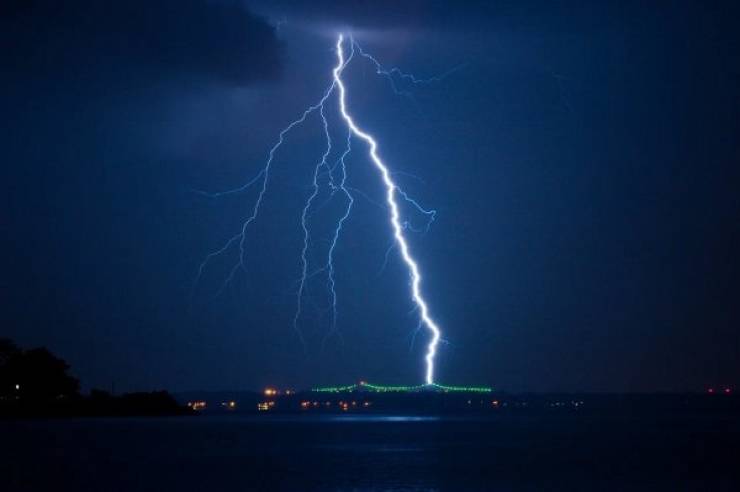
At 30,000°C, the air surrounding a lightning bolt is 5 times hotter than the surface of the sun.

Snow falling at 2-4 mph will take about an hour to hit the ground.
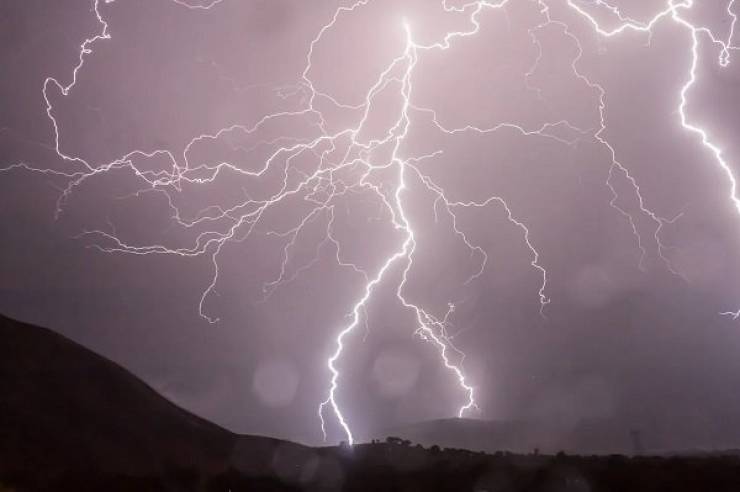
Thunder is caused by lightning. Thunder does not come AFTER lightning, it just takes some time for the sound to be heard.
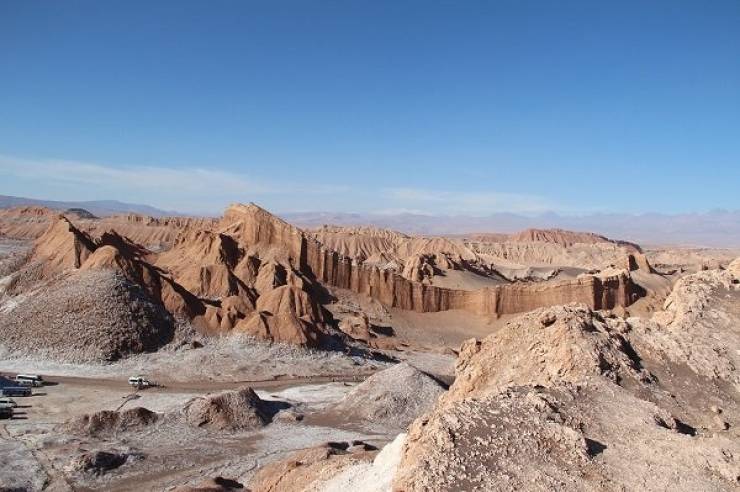
Antofagasta, Chile is the driest place on Earth. It gets hit with a staggering 0.1 mm of rain each year.

The wettest place on Earth is Mawsynram in Meghalaya, India, with an annual rainfall of about 11 meters.

Ferdinando II de Medici founded the first weather network in 1654. He had 11 stations in countries across Europe.
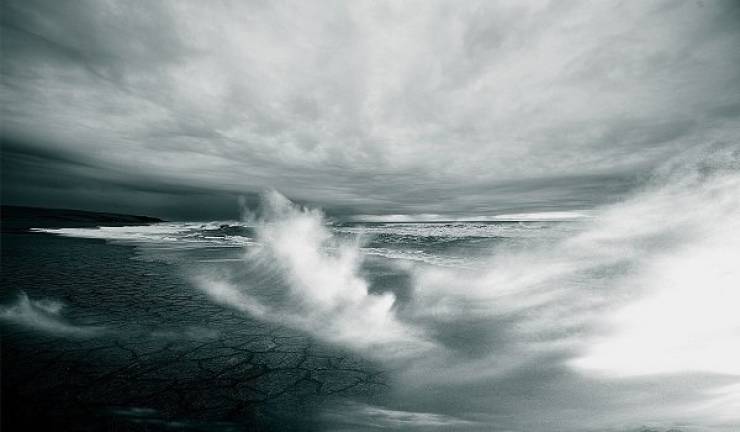
Officially, there are 13 recognized types of storms.

It is possible for a heatwave to make train tracks bend.
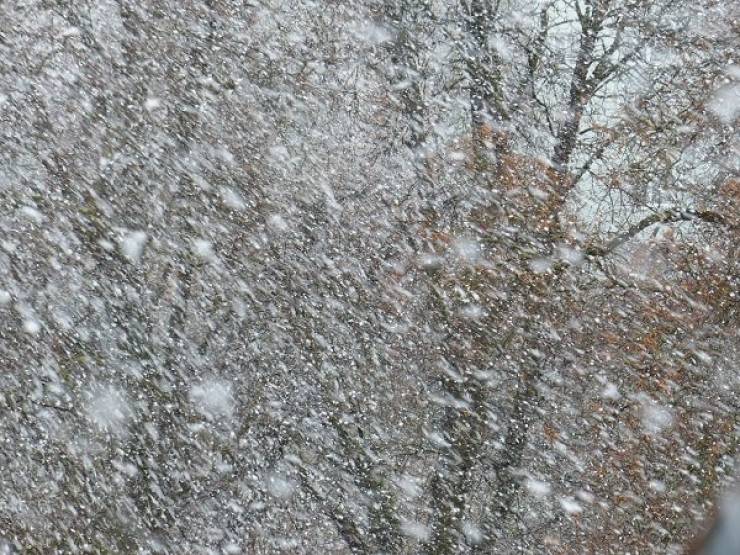
Blizzards can be so windy that snowflakes can feel like pebbles being thrown at your face.

 Barnorama All Fun In The Barn
Barnorama All Fun In The Barn